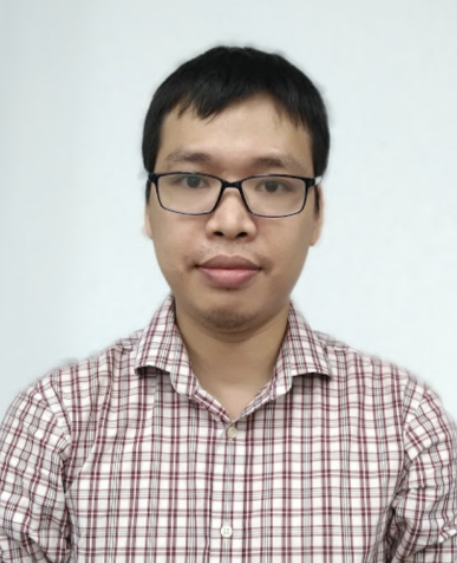
Seminars
September 15, 2020: Dr. Luu Manh Ha (AVITECH), DLAD: Image Processing Method based on CNN and Anisotropic Diffusion Filter for Improving Medical Image Compression, Applied for Teleinterventions using 3D Medical Images
Tele-radiology is increasingly being used on a large scale worldwide. Image compression while preserving the quality of the image is essential in clinical diagnostic and treatment. Compression is especially relevant if the bottleneck in lively viewing the image is in the image transfer over poor Internet connection condition. This talk presents a framework for organ-specific image compression using a proposed image processing method, DLAD, in a preprocessing step to reduce the entropy of the image. The proposed method uses a modern CNN network to extract a probability map of the organ of interest; this probability map guides an anisotropic diffusion filter that smooths the image except at the location of the organ of interest. Subsequently, a compression method, such as BZ2 and HEVC-visual lossless, is applied to compress the image. We demonstrate the proposed method for radio-frequency ablation (RFA) of liver cancer intervention using 3D CT images. To verify the effect of the compression on the quality of the diagnostic and treatment of radiologists, we compare the performance of two certified radiologists on the liver lesion detection and the liver lesion center annotation using 33 sets of the original images and the decompressed images. The statistical analysis shows that the achieved results are promising for teleradiology applications.
Speaker: Dr. Luu Manh Ha, AVITECH
Time: 15:30, Tuesday, September 15, 2020
Venue: G2-315, 144 Xuan Thuy, Cau Giay, Hanoi

Dr. Luu Manh Ha was born in Hanoi, Vietnam, in 1985. He has been working for the VNU University of Engineering and Technology (VNU-UET) of Vietnam National University, Hanoi (VNU) in Vietnam since 2017 as a lecturer and a researcher. He completed his Bachelor program in Faculty of Electronics and telecommunications at VNU-UET in 2007. He continued the work as a researcher and received his MSc degree in Electronic Engineering from VNU-UET in 2010. He finished his PhD in the BIGR group, Erasmus Medical Center, Rotterdam, the Netherlands in 2017. His research scheme is applications of AI and digital signal processing techniques on telemedicine and telehealth, mainly focuses on abdominal images (CT, US) of the liver, biosignal processing, and choromosome image processing.
